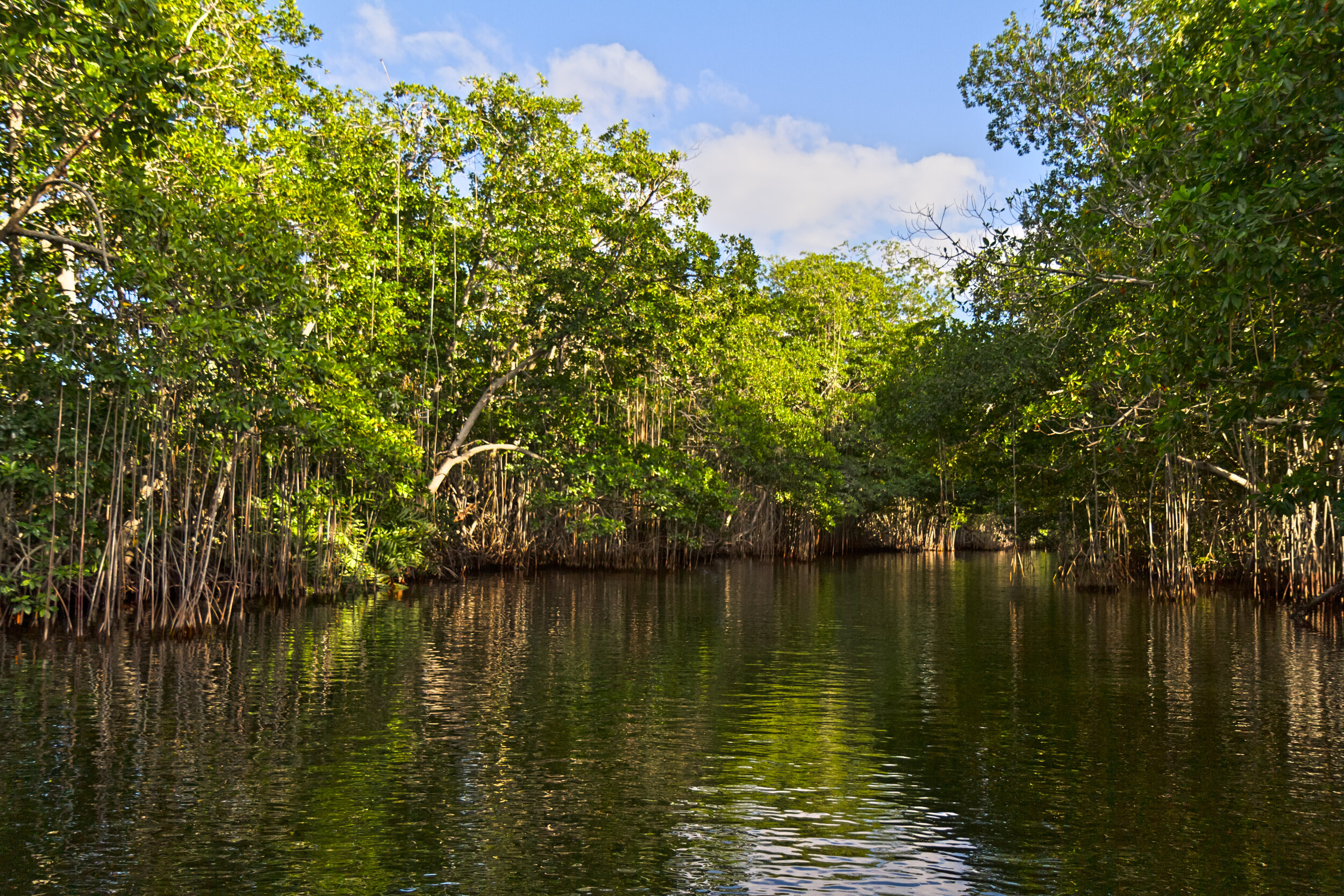Wetlands
Cataboo, St. Elizabeth / Sergei Mutovkin
In this article:
What is a wetland
Wetlands in Jamaica
Biodiversity of Jamaican Wetlands
Benefits of Wetlands
Threats to Wetlands
What is a wetland
A wetland is an area of land where the soil is covered by water permanently or by season. Wetlands can be found inland or by the coast and the moist environment created
can support both terrestrial and aquatic species. Wetlands include swamps, marshes, bogs and lagoons.
2. Wetlands in Jamaica
Less than 2% of Jamaica's total land area is wetlands. Despite this low percentage,the island of Jamaica is home to many wetland ecosystems. Some of the major areas include:
The Black River Lower Morass in St. Elizabeth
Negril Swamp in Westmoreland,
Great Morass in St. Thomas
Great Salt Pond in St. Catherine.
Other wetland areas can be found scattered across the island.
3. Biodiversity of Jamaican Wetlands
Wetlands are the habitat of a large diversity of plant and animal species. With their unique structure of both land, submerged land and water habitats. The wetlands see their different areas occupied by varying species.
The American Crocodile, a protected species can be found in wetlands such as the Black River Morass.
American Crocodile/Jan Hazevoet
A wide variety of birds can also be found here such as ospreys, herons and the West Indian Whistling Duck.
The wetlands are also home to certain grasses that have adapted to the saline conditions of coastal wetlands where sea water and freshwater meet.
These salty conditions are also favoured by mangroves that are very common in Jamaican wetlands. The four types that can be found in Jamaica are the Black Mangrove, White Mangrove, Red Mangrove and the Button Mangrove.
Mangroves / Maxwell Ridgeway on Unsplash
4. Benefits of Wetlands
Wetlands provide many benefits to the environment.
Benefits to the animal community:
- serves as a hatchery for species of juvenile fish
- provide shelter and nesting areas for a variety of birds
- source of food for fish (mangrove snapper and mullet) and crustaceans (crabs and lobsters)
Other benefits:
-reduce flooding by absorbing flood waters and prevents its movement further on land
- mangroves serve as a barrier against shoreline erosion
- serves a trap or filter for sediment (dirt particles) flowing from inland to the sea. This protects sea grass and coral reefs.
- increase land area. The build up of matter between mangroves over times results in a greater shoreline.
5. Threats to Wetlands
Wetlands in Jamaica and over the world are faced with many threats due to human interactions. These include:
- overfishing
- pollution
- deforestation for timber and agriculture
- dumping of land for agriculture and development



